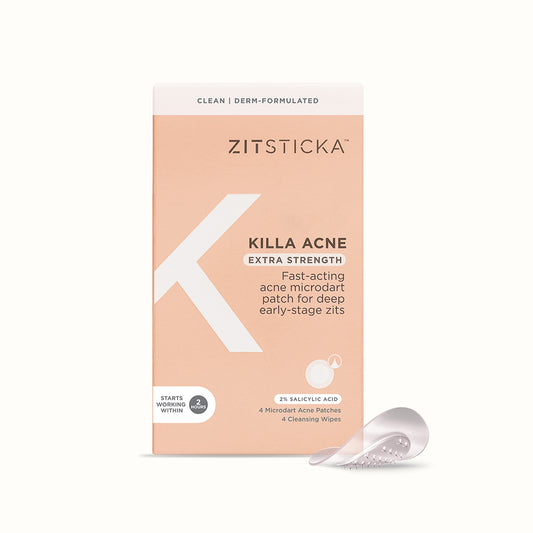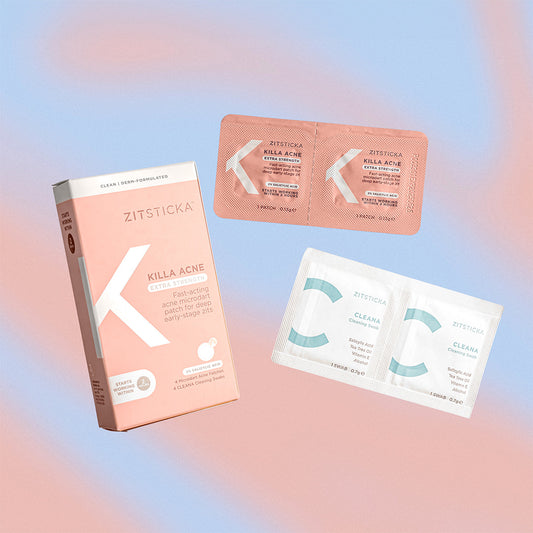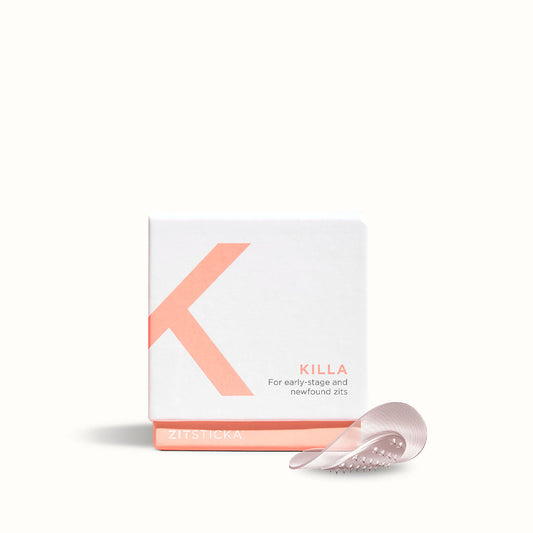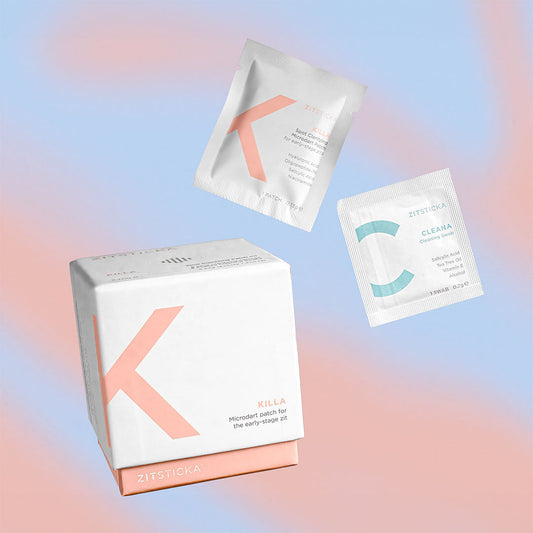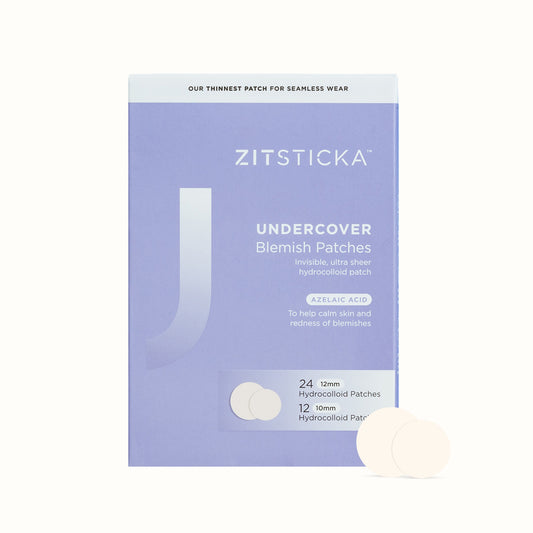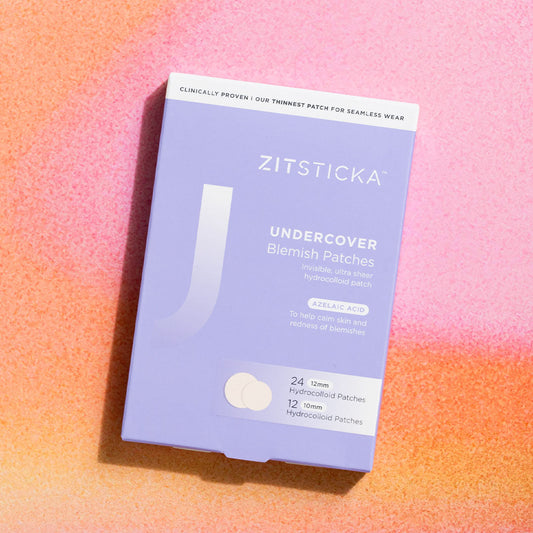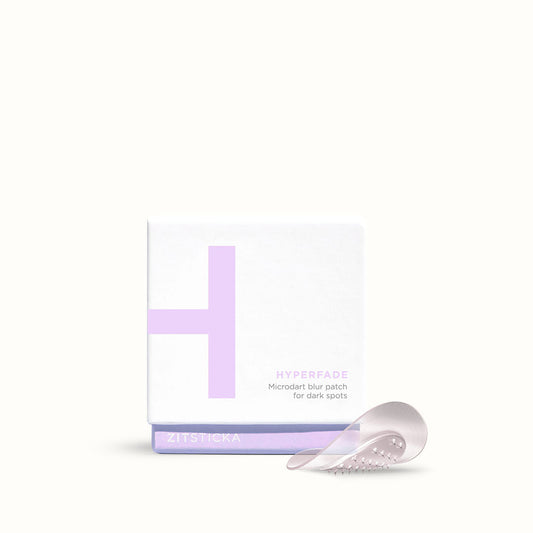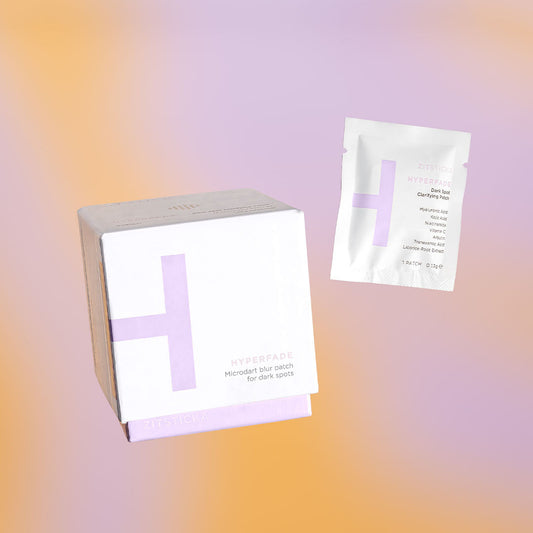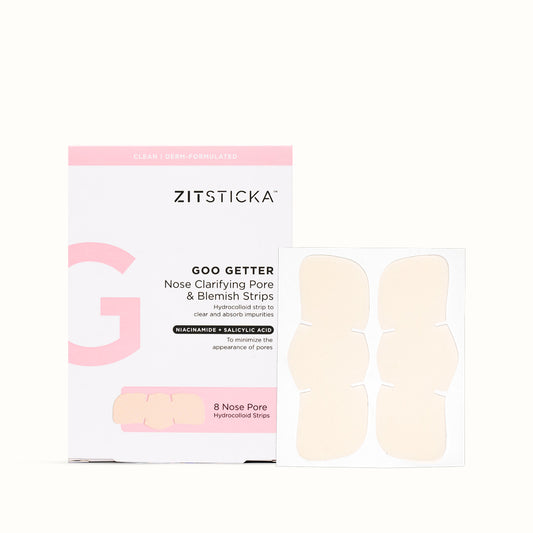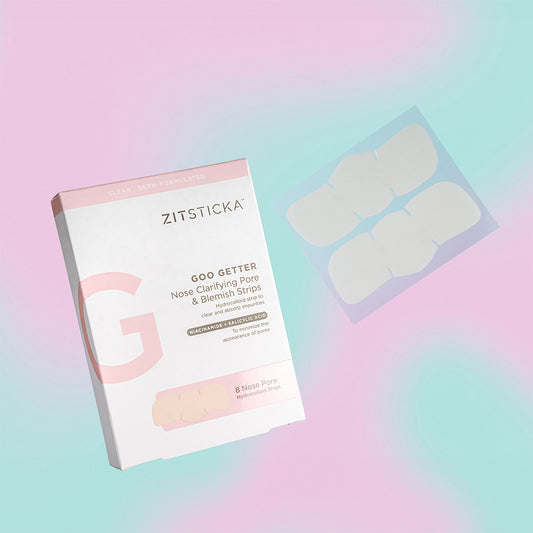By: Madeleine Woon
The terms ‘clean beauty’ and ‘natural skin care’ are incredibly broad terms, open to a vast number of interpretations. There is no standardization or clear definition for what they actually mean, and as a result beauty brands are tasked with defining them in their own terms. The clean beauty world is complicated and confusing, with words like ‘green’, ‘natural’, ‘organic’ and ‘non-toxic’ used interchangeably by brands to market their products. Because the messaging around clean beauty products isn’t regulated—these terms are not recognized by the USFDA or any other regulatory agencies across the globe—a brand can claim anything it wants about its supposedly clean products, and there’s no governing body to fact-check it. A less than ideal situation!
It makes sense that people would gravitate towards natural products—we all want what’s *best* for our health—but the clean beauty world is rife with misinformation and the demonization of perfectly safe, non-natural ingredients. Formulation experts and emerging brands note that a good chunk of what we're told about ingredients is really effective greenwashing—i.e. marketing campaigns capitalizing on those unregulated terms to instill fear.
According to Jen Novakovich, a science communicator, formulation chemist, and founder of The Eco Well, humans are predisposed to accept negative information. When we hear that something is ‘unsafe’ or ‘toxic’, we’re hardwired to panic. In the clean beauty universe, where unsubstantiated, fear mongering claims about health and safety are casually bandied about on a daily basis, it’s unsurprising that misinformation then spreads like wildfire. Data is cherry picked, nuance is thrown out the window, and the intricacies of cosmetic formulation are lost on consumers whose fear is preventing them from assessing information critically.
Habit Skin founder Tai Adaya agrees: “To properly talk about the concept of ‘clean’, you need to get granular about each ingredient or practice within context.”
Natural doesn’t immediately = good
The idea that natural ingredients are superior to synthetic ones is a big fat nope. Natural doesn’t immediately equate to good. “Some of the most poisonous ingredients in the world—like botulinum toxin and arsenic—come from nature,” says Novakovich.
“Synthetic doesn't mean unsafe,” agrees cosmetic formulator Krupa Koestline. " In some cases, synthetic ingredients may be more stable and even more sustainable and eco-friendly. In the same vein, consumers have been led to believe ‘organic’ is synonymous with ‘sustainable’, but they can be mutually exclusive. It can use a lot more water and resources to get a good crop of organic produce."
Add to this, natural ingredients are notoriously hard to work with when formulating products, meaning their efficacy and safety can’t always be guaranteed. Since there’s so many variables in nature—weather, minerals in the soil, seasons—the same results aren’t always given.
Clean beauty doesn’t immediately = safe
Labels and claims like ‘chemical-free’, ‘preservative-free’ and ‘toxin-free’ are so misleading that the European Union has banned companies from using them on their products and packaging. In the US, however, the FDA doesn't regulate these claims, so brands are free to use them as they wish. This implies that any product without these claims is unsafe, which is untrue. We absolutely need chemicals and preservatives for product safety.
By definition, a chemical is any substance consisting of matter, so that means water is a chemical, air is a chemical. Anything and everything is a chemical, so if your product claims to be chemical-free, what exactly is it that you’re paying for? Similarly, a preservative-free product would need to be stored in the fridge and replaced every three days. “Most formulas contain water, and preservatives are what keep harmful bacteria and mold from growing in them,” says Dr. Hirsch.
As for toxins? Toxicity means nothing without dosing. Any ingredient can be toxic depending on the amount—it’s the dose that matters, not necessarily the ingredient itself.
“There’s a misconception that things in a lab are ‘harsh,’ and that ‘clean beauty’ is good for all skin,” Charlotte Palermino explains. “While there are plenty of terrible synthetic ingredients one should avoid, the same can be said for what’s found in nature. I’m not out here waiting on a lemon crop to get my vitamin C. L-ascorbic developed in a lab will do just fine (and is cleaner, in my opinion, because you don’t have to deal with farming issues.)”
What to look out for instead
Fear-mongering and greenwashing is a lucrative business. If a product is relying on an unsubstantiated clean, chemical-free claim, then you should run for the hills. While clean beauty is not a complete hoax—the push towards transparency and accountability are great byproducts of the movement—taking your data from reputable sources, experts, and scientists is the best place to start when looking for products. We should be singing the praises of ingredients that are dermatologically proven and do what they say, whether or not they are natural or formulated in a lab. Whether that’s our dermatologist-backed hero ingredients like niacinamide and salicylic acid, or our equally beloved ingreedz vitamin c and tea tree.
Speaking of ingredients... is niacinamide or retinol better for zits? Click here for a breakdown.

